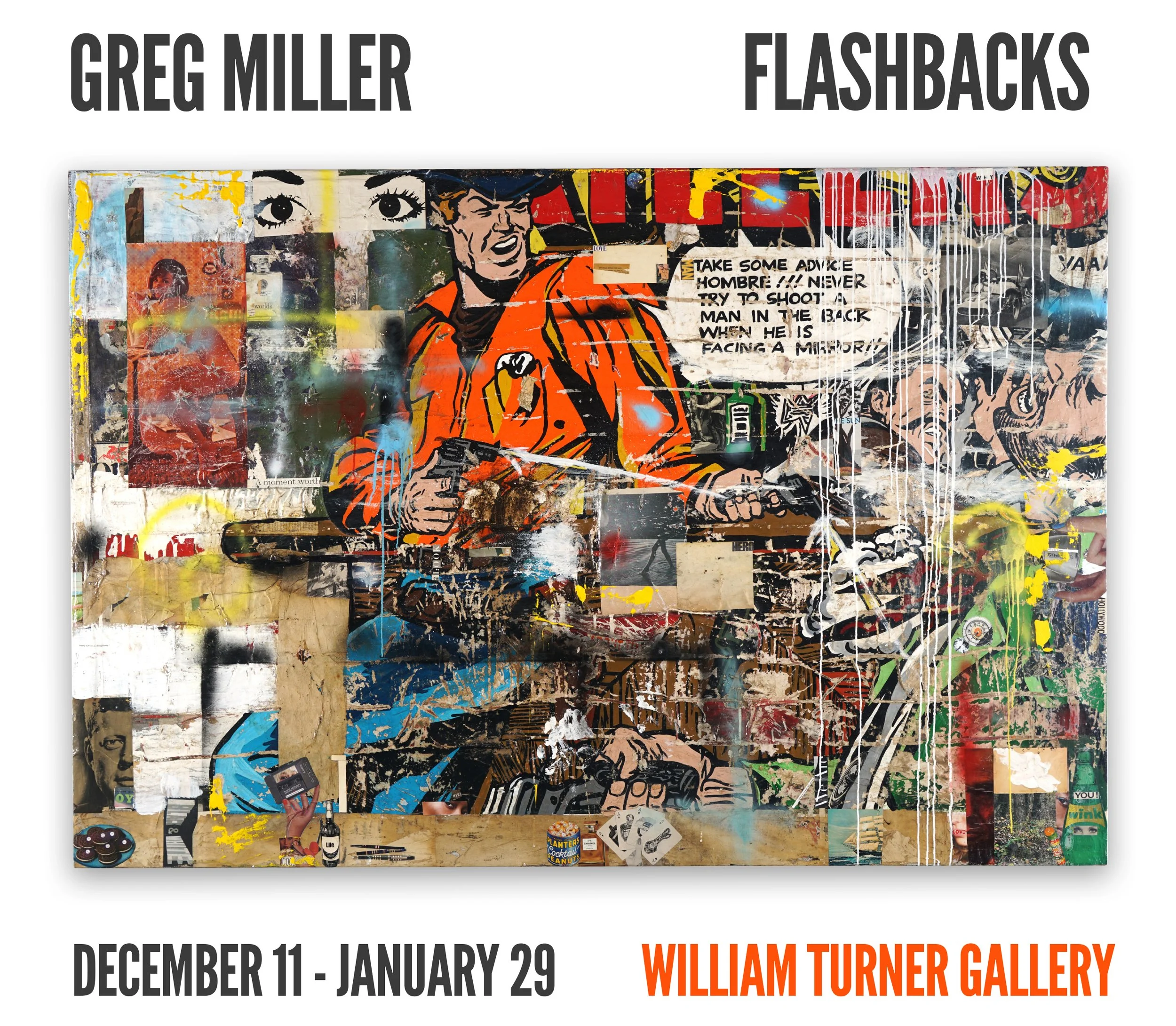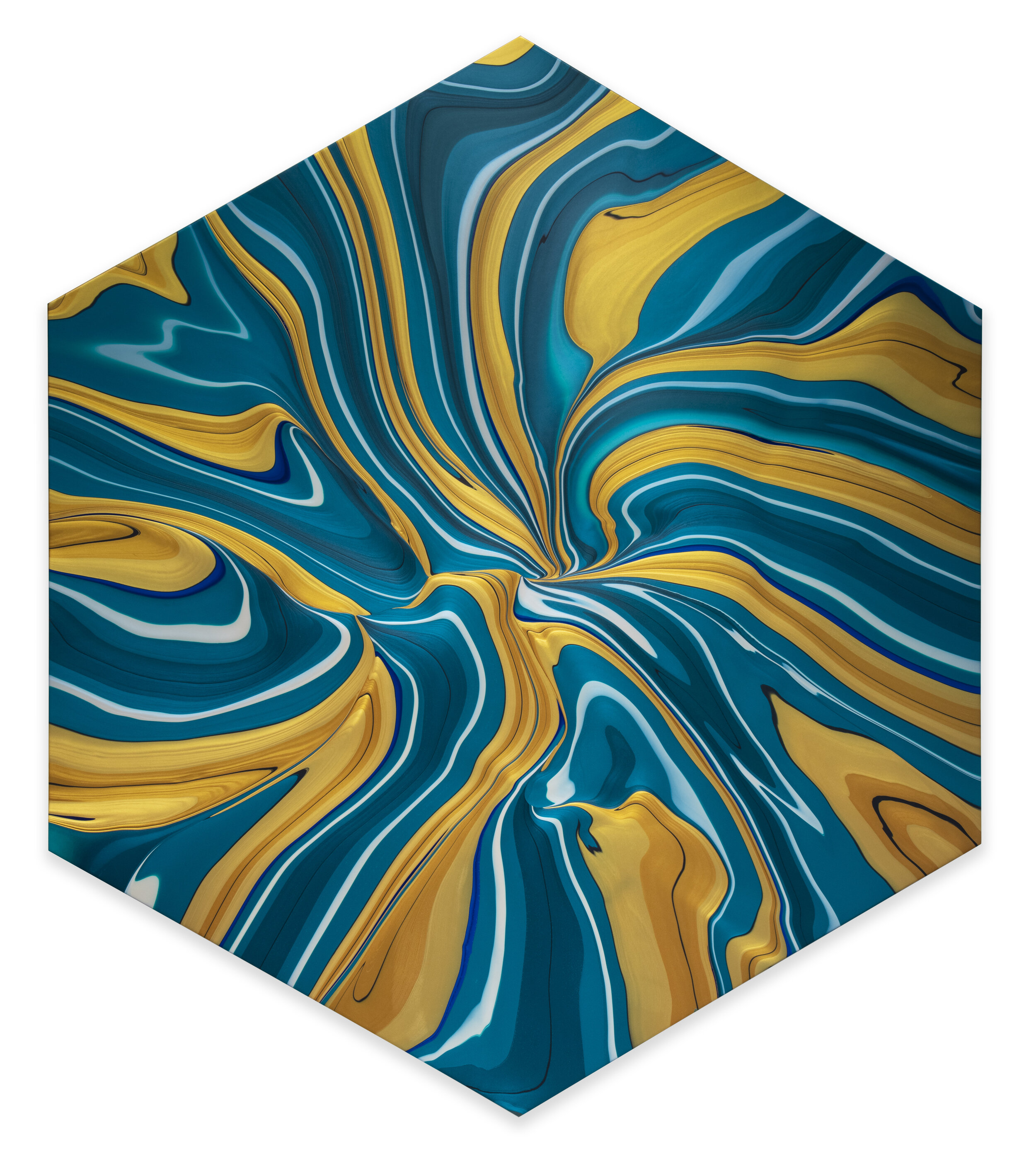With increased vaccinations and decreased threat of the pandemic, it has been enormously gratifying to hear the exclamations of joy and excitement as people begin to return to the gallery to experience art again in person. Our response to this pent up desire has been to celebrate as many of the gallery’s artists as possible as we get back to some semblance of normal. Our previous exhibition, CrossCurrents, showcased a cross-section of the gallery’s artists and work produced during the pandemic.
Confluence expands on this notion by introducing an exciting sampling of work by new and familiar artists on the gallery’s roster - their unique and disparate voices finding surprising harmonies through shared passions for art-making and expressing the human spirit in visual form. Many of the artists in this exhibition continue to experiment and probe the expressive possibilities of the materials with which they are working, creating works that in some instances inspire meditative reflection, and in others utilize materials to inspire movement and interactivity.
Natalie Arnoldi
Arnoldi states that, “These paintings represent a literal and figurative interface: between air and water, humans and the ocean, viewer and painting”. Growing up in Malibu, Natalie Arnoldi has spent much of her life in and near the ocean which became the inspiration for both her academic and artistic pursuits. The artist’s paintings of lightening exemplify her fascination with the vastness of the seas and mysterious forces of nature. Working in a limited palette that evokes the deep ocean depths, dark, inky pools of blue provide the moody backdrop for charged flashes of light. Arnoldi’s love of the ocean has found expression not only through in her powerful artwork, but has been complimented by a deep love of science, evidenced by her simultaneous pursuit of a Phd in Marine Biology from Stanford. The result has given us exquisite body of paintings, informed by scientific knowledge & creative passion.
Kim DeJesus
We are excited to introduce the work of Kim DeJesus to the gallery. Her improvisational abstractions tap into her interest in memory - how it works, and what it reveals about us and the world. In this new body of work, DeJesus explores how marks, colors, layers, erasures, and patches, evoke remembrance and forgetfulness and suggest the discoveries we make and the absences in our lives. Her work is informed by a concern with natural processes, particularly as they symbolize the relationship between ourselves and nature and the dichotomy we face in being simultaneously "a part of” and "apart from” the natural world. As the artist states: "This tension is echoed in the way I work. The material is not entirely controlled in my studio, allowing for accidents, discoveries, and an ongoing conversation between myself, the material, and what’s appearing on the canvas or paper. Frequently, I introduce marks and collage elements whose intentionality disrupts the happenstance of their fluid elements. The completed painting is a record of that process and the corrections and alterations that months of work bring about. Ultimately, I’m looking for artworks that depend for their transcendence in the tension between beauty and flaw, between grand ambition and simple means."
Eric Johnson
Inspired by both art and science, Eric Johnson creates composite works of pigment, wood and resin that reference a kinship with other artists: to the sensuality of Brancusi, the architectural vigor of Bontecou, and the works of DeLap. The handcrafted abstract works are often sheathed in resin skins, often revealing glimpses of skeletal armatures and hidden architectures. In reflection, Johnson’s structural forms are influenced by a severe neck injury and dealing with intense spinal pain. Other influences have been the aerospace industry and ancestral boat builder heritage. Initially the constructs hid their “bones” under a “skin”, time capsule artifacts within. Over the past twelve years, the structures have become organic and revealing to their formation. The current work merges the passion for depth and structure with an obsession for color and surface. Johnson has spent decades working with polyester resin. Like many artists of his generation, Johnson embraced the hot-rod culture of Southern California. As often was the case for many artists working in the 1970s, industrial products found their way into Johnson’s early studio practice and have remained there ever since. “I’ve translated all that automotive knowledge into making my artwork”,” he says. “I use the full array of auto tools and pigments.”
Javier Paláez
Based in Mexico City, Javier Peláez creates work that considers the myriad possibilities involved with the construction and perception of reality. Depicting enigmatic imagery that can be construed as simultaneously materializing and deconstructing, Peláez’s pictorial language is set in an incessant swing between opposing states of being. Fascinated by polarities, Peláez’s subjects walk the line between figuration and abstraction, disintegration and formation, certainty and uncertainty, inviting the viewer engage their imaginations as they enter to these beautiful spaces of ambiguity.
Curtis Ripley
Taking cues from the aesthetic of American Abstract Expressionists, Curtis Ripley’s process is one of spontaneity and gesture. Color is applied in broad strokes atop murky, moody surfaces. Ripley uses brushes and rags to wipe out and repaint the surface, obscuring previous layers while gradually building up others to create even deeper space and movement. As Ripley says of his work - “My hope is to create paintings that are timeless, poetic and full of life.” Music plays an important role in Ripley’s creative process. His rhythmic brushstrokes dance across the canvases and these flickering flashes of color result in bursts of sparkling light. Ripley’s paintings are lyrical - he cites poetry as a key influence, stating, “It is the economy of means, the resistance to strict interpretation and the intimate relationship with the viewer which I find essential. These paintings are not puzzles. They are meant to be experienced.”
Gustavo Ramos Rivera
Over the past four decades, Gustavo Ramos Rivera has developed a unique visual language that manifests throughout his paintings, monotypes and collages. His playful and powerful abstract compositions can be read like a visual diary, the expression of which works on both intellectual and emotional levels. Ramos Rivera’s fields of rich color and glyph-like mark making recall both the work of Joan Miro, Paul Klee and Cy Twombly and the iconography of the indigenous cultural heritage of his native Mexico. The marriage of spontaneous linework with technicolor fields create a highly personal symbology that speaks to memory, experience and shared history. Ramos Rivera says of his practice, “Painting is a delightful devotion, a mirror of truth; it’s an invention of anything you want.”
Michel Tabori
Michel Tabori’s work depicts symmetric transformations of the natural world, from fast moving action, landscapes and intimate portraits, as experienced both directly and through reflections of the subject’s surroundings. With a 30-year background as an award winning cinematographer, Tabori brings his highly attuned eye and technical proficiency to an ever-evolving repertoire in manifesting his poetic depictions of nature. Utilizing photography, digital imagery, airbrush, while painting on canvas and most recently, aluminum, Tabori has created works of captivating beauty. The result is not a static painting, but rather a work of continually shifting optics achieved through the use of materials that interact with the reflections of light and movement.

























